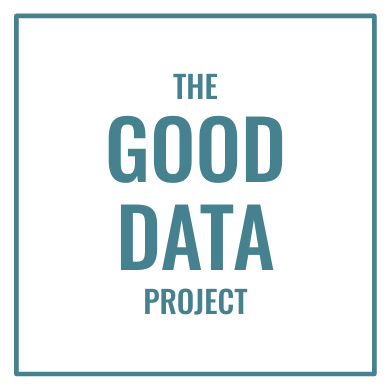You probably know Florence Nightingale was a nurse, and that she introduced the then-revolutionary concept of basic hygiene to hospitals.
What you likely don’t know: She was also a data geek.
Florence Nightingale was the first woman elected to be fellow of the Royal Statistical Society. She used data as a weapon against those who disagreed with her — once saying “Whenever I am infuriated, I revenge myself with a new diagram.” In 1859 she produced the “rose diagram” above to show that her hygienic methods saved thousands of lives during the Crimean War. According to economist and author Tim Harford, “She was a master of data visualization.”
There’s just one problem: Florence Nightingale lied with data.
The rose diagram breaks the golden rule of charts and graphs by failing to tell an honest story. This chart implies that Nightingale’s arrival at the British military hospital changed everything. To quote Harford, the graphic shows “catastrophe before, recovery after.” But it turns out Nightingale chose this unconventional chart format — rather than a straightforward bar chart — because the truth was more complicated. “By the time the sanitary commission arrived,” Harford says, “deaths had already been falling sharply for a couple of months.”
I strongly recommend you listen to Tim Harford’s excellent podcast episode for more details. It covers Nightingale’s use of data visualization, the deception of the rose diagram, and what it all means for data visualization today.
As Harford says, “[Graphs and charts are] not just decorations. These graphs push and pull us into taking high-stakes decisions. Covid-19 reminded us of just how high the the stakes can be. People have lived or died because of the decisions they’ve made after looking at a chart on Facebook. … If graphs are so powerful, shouldn’t we worry about how that power is used?”
What’s the best or worst data graphic you’ve seen lately? Let me know in the comments below, or on LinkedIn or Twitter.
Want good data delivered to your inbox? Subscribe here.

